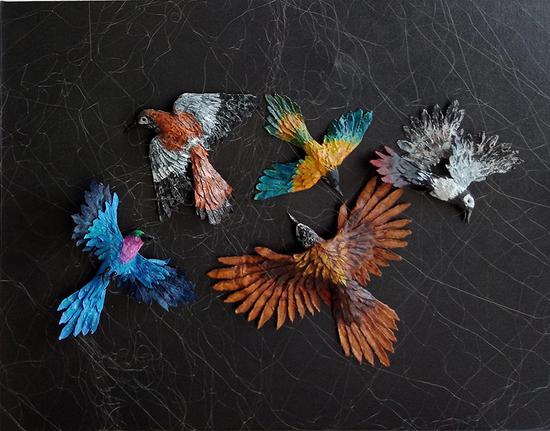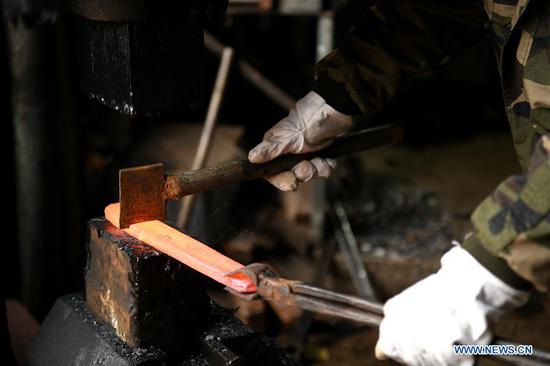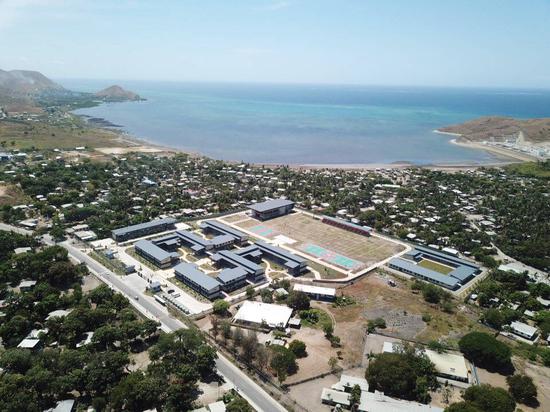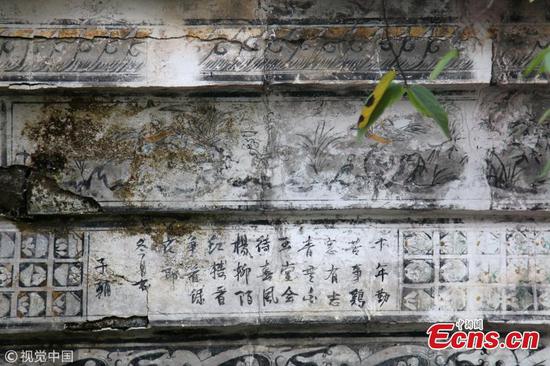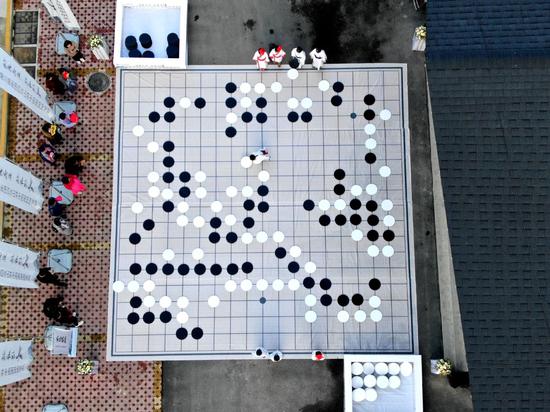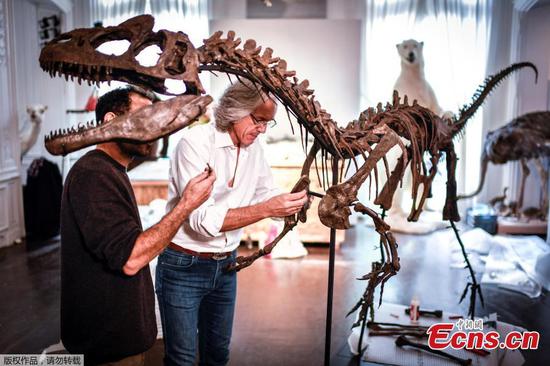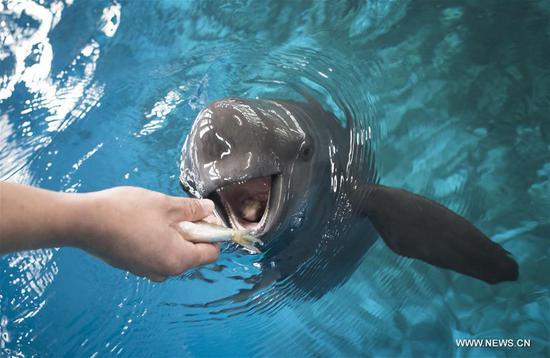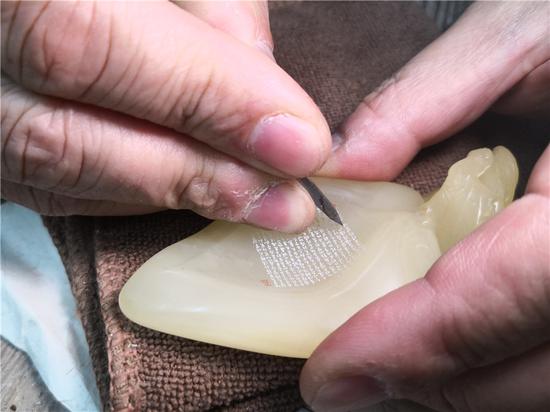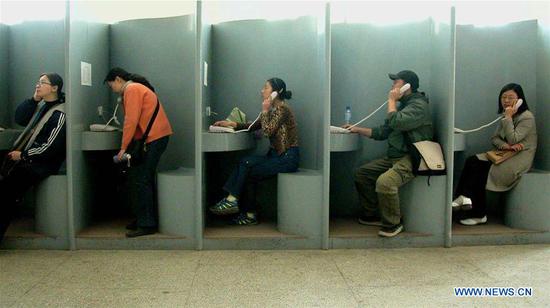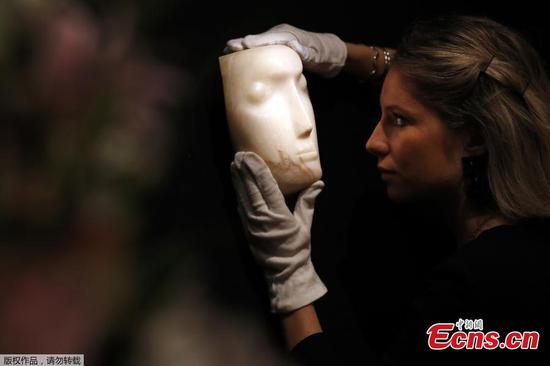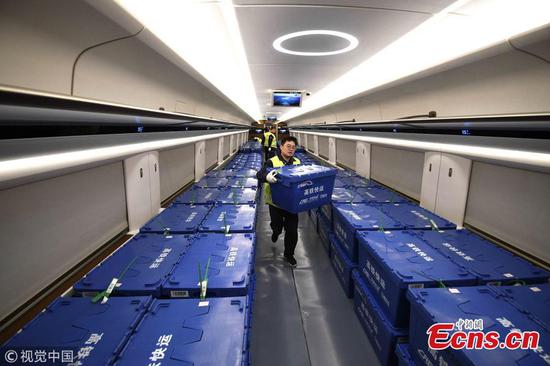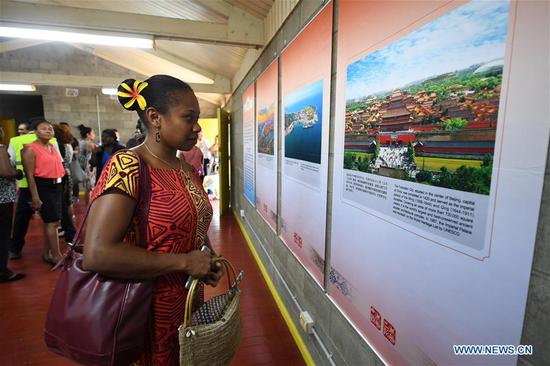A new anti-malarial center, backed by Guangdong Province's Shenzhen government, officially launched operations in Papua New Guinea this month.
The five-story building includes an epidemiology area, parasitic-study laboratories, offices, a section for physiological research and a consulting room for traditional Chinese medicine.
Located in Port Moresby, the capital-a sister city of Shenzhen-the Sino-PNG center focuses on providing quick malaria diagnosis and treatment services, as well as training local doctors to deal with the disease.
Ma Hanwu, a senior adviser for the Shenzhen Center for Disease Control and Prevention, said at the anti-malarial center's opening ceremony in August that he expects the new facility to train 300 to 500 doctors and technicians every year.
He also mentioned that the two countries aim to eradicate malaria in PNG. As part of this exercise, the Chinese government has carried out a mass prevention project on Kiriwina Island, in Milne Bay province, which has achieved remarkable results.
Malaria is regarded as one of the most challenging global public health issues. In 2016, there were an estimated 216 million cases of malaria worldwide, and deaths reached 445,000, according to the World Health Organization.
In PNG, there were 432,000 cases last year, an eightfold increase from 2014.
A team of experts in Guangdong provided a solution with the drug artemisinin, developed by Chinese scientist Tu Youyou. Tu won the 2015 Nobel Prize in physiology or medicine jointly with two other scientists, thanks to the discovery.
The Guangdong medical team has carried out treatments in many countries in Africa and Southeast Asia.
Zhang Zhenyan, a Chinese doctor who has worked in PNG for six months, spent most of his time on Kiriwina Island. According to a Nanfang Daily report, it usually takes 12 hours by boat from mainland PNG to reach the remote island, which has neither electricity nor internet access.
However, Zhang said that, despite all the hardships, within six months of implementing their project, his team successfully decreased the diseases' infection rate-in a population of more than 45,000 residents-from 4 percent to 0.31 percent.
In addition, his team also introduced Chinese-style massage therapy as well as acupuncture treatment.









